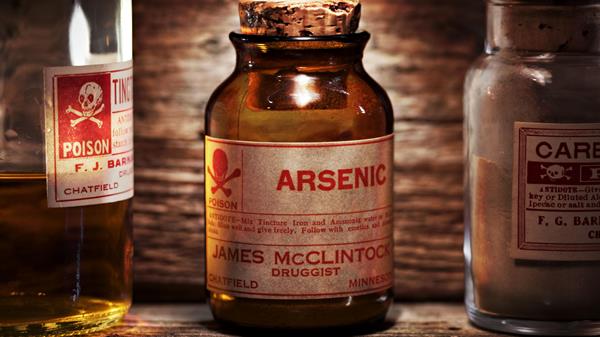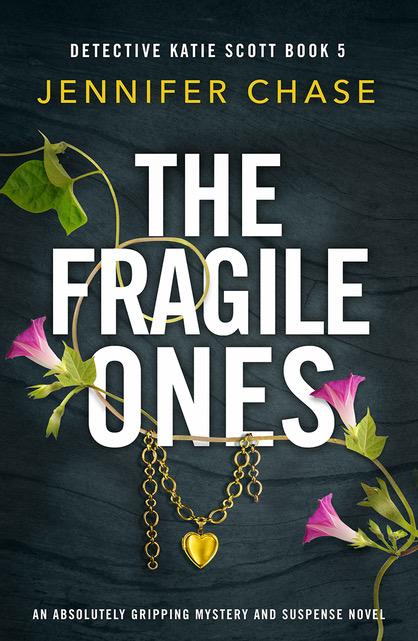Forensic toxicology is one of the many fields of science that populates the intriguing world of investigative forensics. The main purpose of forensic toxicology is to aid law enforcement in understanding the extent to which ingested substances contributed to a person’s impairment or death. Poison is the type of death not commonly heard about or routine in nature.
Combining biology with pharmacology, forensic toxicologists play vital roles in murder investigations in which the suspected cause of death is poison. To that end, here are two high-profile murder cases that were solved using the expertise of skilled forensic toxicologists.
Angel of Death
We hand over a lot of trust to those who work in the medical field. Vulnerable and sick, hospital patients assume that while under the care of nurses, they are in good hands. But, unfortunately for the people of a small Indiana community in the mid-1990s, their trust was misplaced.
Between 1993 and 1995, a nurse named Orville Lynn Majors was linked to 130 of the 147 deaths at the Intensive Care Unit of Vermillion County Hospital in rural Indiana. Of course, while acting as a nurse in an I.C.U. will certainly expose one to death, this nurse was no ordinary health care provider.
Dubbed the “Angel of Death,” Nurse Majors was convicted in 1999 for injecting six patients with heart-stopping, lethal doses of epinephrine and potassium chloride. Although he is not officially blamed for 130 deaths, there is a great deal of suspicion surrounding these deaths due to Majors’ exposure to these patients.
His serial killing spree lasted for a couple of years in the mid-1990s, and the only reason his actions were brought to light was due to a routine study conducted by the hospital. The results of the study revealed that by 1994, the intensive care unit had a death rate of 120, despite the number being only 31 during years’ prior.
Law enforcement was notified by the hospital of this spike in deaths. An investigation was opened, and 15 bodies were immediately exhumed for autopsies. Forensic toxicologists conducted tests, which revealed the lethal doses of the substances injected by Majors.
Prosecutors were able to definitively tie Majors to six deaths, even though the killer had been alone with many more of the patients who passed away. Experts believe Majors was responsible for the death of more people, but his skill in mixing poison cocktails allowed him to use the defense of ‘death by natural causes.’
Majors was sentenced to a staggering 360-year prison sentence but passed away in 2017 due to – ironically – heart issues.
Killer Mom
In one of the most disturbing poison cases of the last century, Janie Lou Gibbs was responsible for the deaths of her husband, three sons and grandson. That’s right, she killed her own children and grandchild. And how did she do it? Rat poison and arsenic.
Born on Christmas in 1932, Gibbs was an active member of her local church, and a dedicated home daycare operator. Then, one day, something changed. After 18 years of marriage to her husband, Marvin, she decided one evening to kill him by putting rat poison in his dinner.
Gibbs’ plan did not immediately work. Marvin didn’t die, but instead was admitted to the local hospital after falling ill from what the doctors believed to be – naturally occurring liver issues. As the sweet wife she was, Gibbs decided to bring homemade soup to the hospital so that Marvin could enjoy a homecooked meal. The problem was, the soup was laced with arsenic. He soon died of “liver disease.”
In a surprising twist, Gibbs donated a significant amount of Marvin’s life insurance proceeds to her church. Less than a year later, this wife and mother from hell poisoned her youngest son, Marvin, Jr. Authorities chalked up his death to his unfortunate inheritance of his father’s liver disease. Gibbs escaped without any suspicion. And, she donated some of her son’s life insurance proceeds to her church – again.
Like a macabre broken record, Gibbs once again killed a year later. This time, she poisoned another one of her sons. His death, like the others before, was attributed to a natural cause. With only one living child remaining, the sadistic killer struck yet again. But, this time, Gibbs skipped a generation and killed her newborn grandson, Raymond.
Less than a month later, Gibbs poisoned her son, Robert, who was the father of the murdered baby. Finally, Gibbs’ “luck” had run out. A family physician grew suspicious after the back-to-back deaths of a healthy newborn and his equally healthy father. An autopsy was immediately conducted on Robert, who was found to have ingested a lethal amount of arsenic.
Forensic toxicologists worked with investigators in exhuming and testing the bodies of Gibbs’ other deceased family members. All five victims had their causes of death changed from natural to homicide by poison.
Gibbs was initially found mentally unfit to stand trial and was confined to a mental institution. Years later, she was successfully prosecuted, convicted and sentenced to five life terms. In her elder years, Gibbs was diagnosed with Parkinson’s disease and released to the custody of her sister. In 1999, the killer died of natural causes.
There’s something so disturbing about poison cases. Maybe it’s the deliberate premeditation. Or the slow painful death. Most likely it’s a combo of both. Are you aware of any poison cases as troubling as those above?
*
THE FRAGILE ONES
(Detective Katie Scott Thriller)
Book #5
AVAILABLE NOW!
Check out the fantastic Amazon reviews!
Also available at Amazon UK, AU, CA
Amazon: http://ow.ly/DOFN50CEo2C
Apple: http://ow.ly/9CaG50CEo2D
Kobo: http://ow.ly/RkS350CEo2B
Google: https://bit.ly/39PZY9w
*
AUTHOR JENNIFER CHASE AMAZON BOOK PAGE
Please join me:
*





































